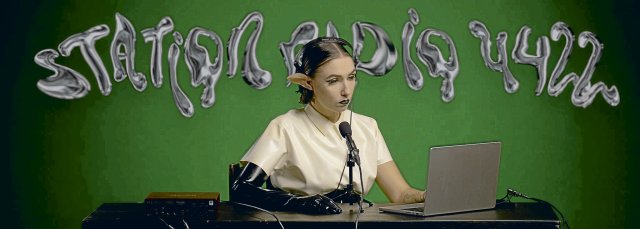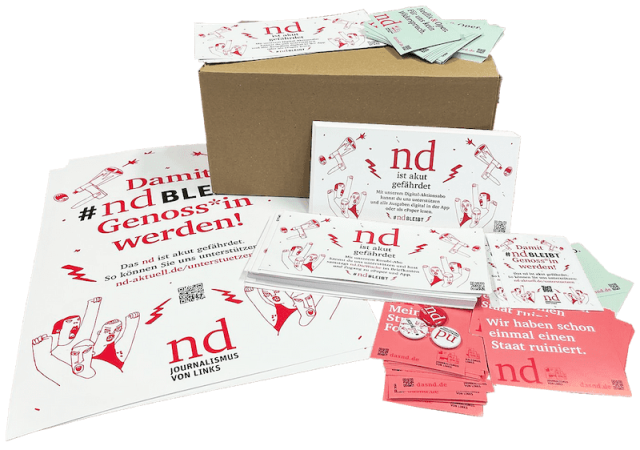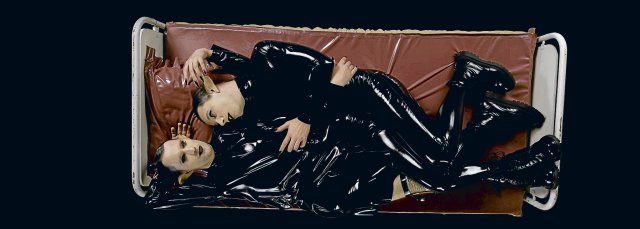Once upon a time: “Snow White” at the Kaunas National Theater
Photo: Dr. Parasitic Gora
It’s a long-standing misunderstanding: the old German treasure trove of fairy tales has become a reading material for the little ones. Blood, sex and crib crimes. Attempted murder by jealous stepmothers, banishment of one’s own children, secret visits from lovers, open stomach operations – presented as a bedtime story. And what the honest linguists Jacob and Wilhelm Grimm compiled in the 19th century is only the censored version of the stories that circulated among the population. All that remains are the traces of the metaphor-enriched, sexually charged wise men in castrated folk literature.
Next to the announcement of the theater adaptation of “Snieguolė”, as Snow White is called in Lithuanian, there is the note “18+”. No, we are not dealing with children’s theater here. But how nice it is when art is taken so seriously that moral guardians ponder its acceptability for an underage audience. In Germany, such age restrictions are almost unknown in the theater. Nevertheless, here too art sometimes falls victim to prudery.
We are in Kaunas, the old capital of Lithuania, which, unlike today’s seat of government Vilnius, does not show off baroque impressions, but rather bears witness to pan-European modernism – between Art Deco and Bauhaus. The local National Theater, the oldest professional theater in the country, is based in the former “Metropolitain” cinema, an Art Nouveau building that – renovated in a socialist-realistic manner – is itself a reflection of an eventful history.
As the director of the two-hour production of “Snow White,” the National Theater in Kaunas was able to welcome Dr. Gora Parasit, who comes from Lithuania but freely chooses her working environment between London and Berlin, North America and old Europe. She switches no less freely between theater and performance, installation art and photography. What is set, however, is its striking, radical design language. The visual impression is extremely strong, without losing the sound and movement, language and content behind it.
She enriches the Grimm fairy tale “Snow White” with mythical motifs from all over the world – and of course with contemporary legends. As with the folk tales of the past, we are still trying to cope with reality through stories. Mirror Mirror on the wall.

Photo: Dr. Parasitic Gora
The theater evening begins – white as snow – with a trip to the glaciers. The uncontrollable landscape, itself the starting point of numerous legends, is disenchanted in the Anthropocene: the melting of glaciers makes us all eyewitnesses to climate change. The uncontrollable landscape is conquered by people against their will. And suddenly not only the world but also people become smaller than they ever were.
In this way, the production practices the disenchantment and re-enchantment of the world – and vice versa – with the audience and, trained by the fairytale, leaves them enlightened at best. Snow White is born, not through the pious wish of her mother, who dies with the birth of the child, but through a medical technology measure. The last mysteries and wonders of humanity disappear and what remains is the barely explainable presence of modern man.
Like the evil queen looks in the mirror, so do all the actors in Dr. Gora Parasite’s production looks at the audience or looks into the camera, which sends the players halfway around the world using green screen technology and projects them oversized in the theater. Here everyone speaks only to themselves and yet, painfully enough, to the audience. There are nothing but Chekhov moments that appear in the fairy tale adaptation: communication as a nesting of different monologues. Everyone is talking – on stage in Lithuanian, German and English – but only apparently to each other; the addressee of one’s own speech remains unclear.
The director is, above all, an outstanding image composer. Tableaux vivants arise and dissolve. Quotations from pop culture and art history appear without being intrusive. The temporary paralysis of the actors and the sequence of images become dynamic in a paradoxical way. The scenic power comes not least from Sandra Kazlauskaitė’s electronic sound worlds, which create atmospheres and translate them into club-friendly music.
On the artistic handwriting of Dr. Gora Parasit’s latex costumes are more than just an accessory. The conservative spectator, who can only be anesthetized by tabloids – and there are quite a few of them in Kaunas – naturally takes offense at such stage performances. For him, sexual motives should remain hidden like a fairytale.
The highly artificial costume design reveals human nature more than any other material. The tension between art, artificiality and human nature becomes clearer in “Snow White” than in Parasite’s other works. Through the strangeness of her artificial language and the fantastic nature of the fairy tale, she comes surprisingly close to questions about what it means to be human.
Next performances: April 6th and 7th
www.dramosteatras.lt
#ndstays – Get active and order a promotional package

Regardless of whether it is pubs, cafés, festivals or other meeting places – we want to become more visible and reach everyone who values independent journalism with an attitude. We have put together a campaign package with stickers, flyers, posters and buttons that you can use to get active and support your newspaper.
To the promotional package
